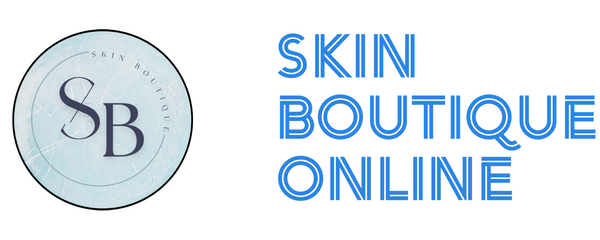Rosacea, a skin condition that manifests as persistent facial redness, visible blood vessels, and acne-like bumps, can be a source of frustration for many. If you suspect you may have rosacea, understanding the diagnostic process is key to effective management. In this blog post, we'll explore the journey of a dermatologist's diagnosis of rosacea and introduce Colorescience All Calm Clinical Redness, a skincare solution designed to soothe and conceal redness.
- Step One: The In-Depth Consultation
The diagnostic process for rosacea begins with a detailed consultation with a dermatologist. During this session, you'll discuss your medical history, symptoms, and potential triggers that may exacerbate redness. This personalized approach allows dermatologists to unravel the unique factors contributing to your skin concerns.
- Clinical Examination: Observing Rosacea's Signature Signs
Dermatologists employ a meticulous clinical examination to identify the hallmark signs of rosacea. Persistent facial redness, visible blood vessels, and inflammatory bumps guide the dermatologist in reaching a conclusive diagnosis. This careful observation helps distinguish rosacea from other skin conditions with similar appearances.
- Subtype Classification: Tailoring Treatment Strategies
Rosacea isn't a one-size-fits-all condition. Dermatologists classify it into subtypes such as erythematotelangiectatic and papulopustular rosacea, each requiring a tailored approach. Identifying the specific subtype ensures that the treatment plan addresses the unique needs of your skin.
- Rule Out Other Conditions: Precision in Diagnosis
To ensure accuracy, dermatologists rule out other skin conditions that may mimic rosacea symptoms. This step involves considering conditions like lupus or seborrheic dermatitis, allowing for a precise and targeted diagnosis.
- Introducing Colorescience All Calm Clinical Redness: Soothing Solutions
Managing rosacea goes beyond diagnosis. Colorescience All Calm Clinical Redness, a specially formulated skincare product, offers a soothing solution. Infused with BioSolace™ Complex, this product calms redness, blurs imperfections, and provides broad-spectrum SPF 50 protection. Its lightweight texture makes it an ideal choice for daily use, creating a flawless canvas while addressing redness concerns.
Conclusion:
Understanding the diagnostic journey of rosacea empowers individuals to take charge of their skin health. Dermatologists play a crucial role in this process, ensuring accurate identification and personalized treatment plans. Colorescience All Calm Clinical Redness complements this journey, offering a skincare solution that not only soothes redness but also enhances the overall appearance of the skin.
If you suspect you may have rosacea or are seeking effective solutions for redness, consult with a dermatologist to embark on a path toward clearer, calmer skin. With the right knowledge and targeted skincare, you can confidently face the world with a complexion that radiates health and vitality.
A good refrence site is the American Academy of Dermatology Assosiation. Click on the link to the article Rosacea: Who gets and causes.
Follow Skin Boutique Online on social media platforms: Instagram, Facebook, X, and Pinterest for flash sales and promotions.
